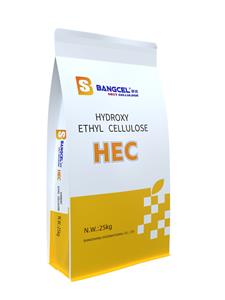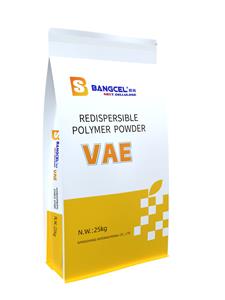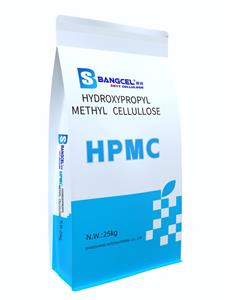The difference between HPMC and CMC
Hydroxypropyl methylcellulose (HPMC)
It is a non-ionic cellulose mixed ether made by using propylene oxide and methyl chloride as etherifying agents after alkalization of refined cotton, through a series of reactions. The degree of substitution is generally 1.2~2.0. Its properties vary by the proportion of methoxy content and hydroxypropyl content.
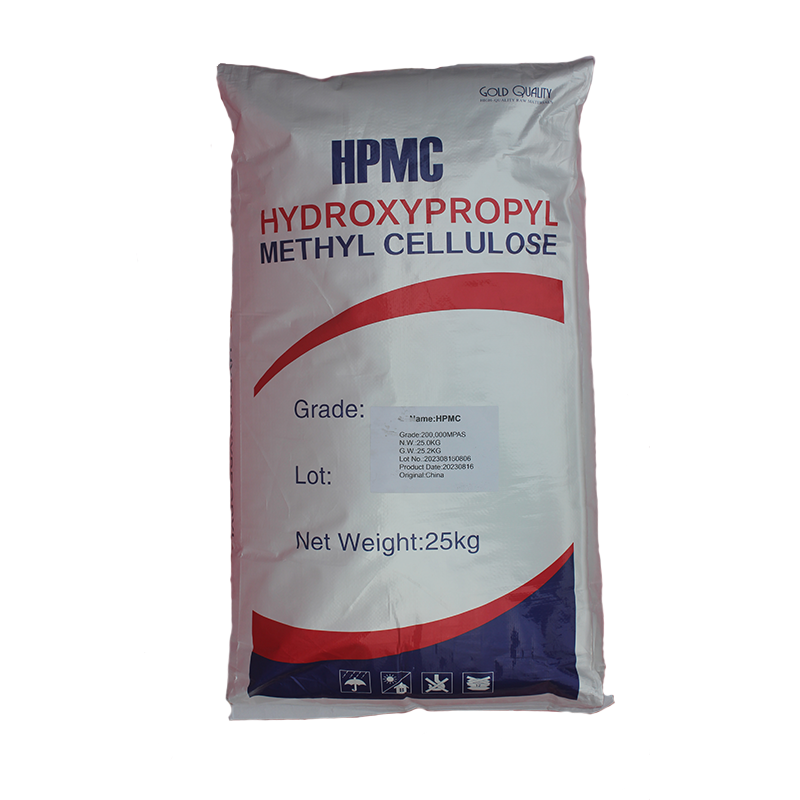
(1) Hydroxypropyl methylcellulose is easily soluble in cold water, and it will be difficult to dissolve hot water. However, its gelation temperature in hot water is significantly higher than that of methylcellulose. The dissolution in cold water is also greatly improved compared with methylcellulose.
(2) The viscosity of hydroxypropyl methylcellulose is related to the size of its molecular weight, and the viscosity is high if the molecular weight is large. Temperature also affects its viscosity, and the temperature increases and the viscosity decreases. However, its viscosity is lower than that of methylcellulose at high temperatures. Its solution is stable when stored at room temperature.
(3) The water retention of hydroxypropyl methylcellulose depends on its addition amount, viscosity, etc., and the water retention rate under the same addition is higher than that of methylcellulose.
(4) Hydroxypropyl methylcellulose is stable to acid and alkali, and its aqueous solution is very stable in the range of pH=2~12. Caustic soda and lime water do not have much effect on their properties, but alkali can speed up their dissolution and improve viscosity. Hydroxypropyl methylcellulose is stable to general salts, but when the salt solution concentration is high, the viscosity of hydroxypropyl methylcellulose solution tends to increase
(5) Hydroxypropyl methylcellulose can be mixed with water-soluble polymer compounds to become a uniform and higher viscosity solution. Such as polyvinyl alcohol, starch ether, vegetable gum, etc.
(6) Hydroxypropyl methylcellulose has better enzyme resistance than methylcellulose, and its solution enzyme degradation is less likely than methylcellulose. Hydroxypropyl methylcellulose has higher adhesion to mortar construction than methylcellulose.
-----------------------------------------
Carboxymethylcellulose (CMC)
It is prepared by treating cellulose with sodium hydroxide to form alkali cellulose from a cellulose derivative of carboxymethyl substituents, and then reacting with monochloroacetic acid
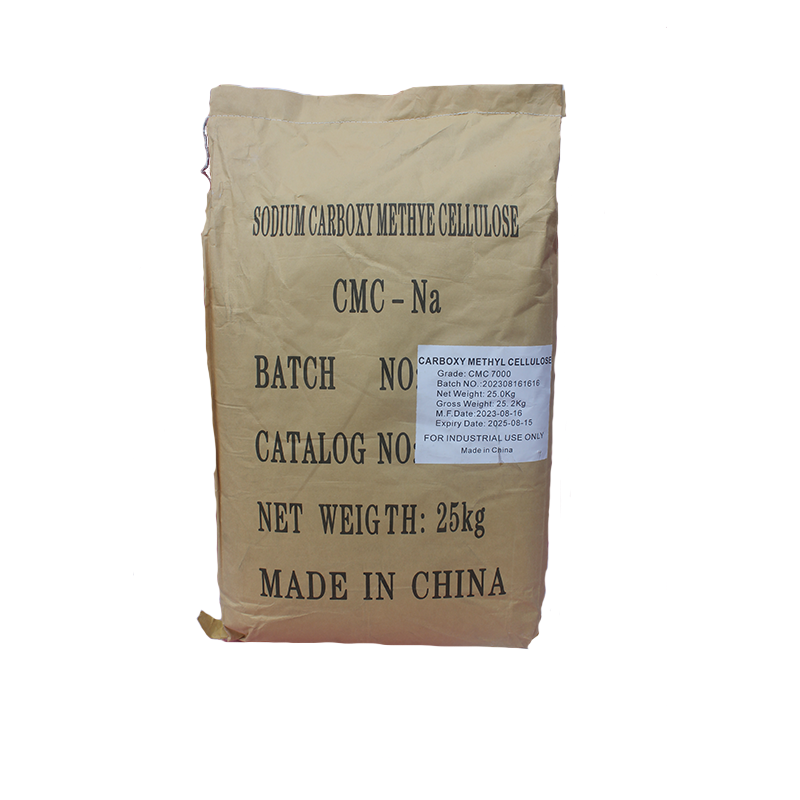
(1) Carboxymethyl cellulose has great hygroscopicity, and general storage will contain greater water.
(2) Carboxymethyl cellulose aqueous solution will not produce gel, and the viscosity decreases with the increase of temperature, and the viscosity is irreversible when the temperature exceeds 50 °C.
(3) Its stability is greatly affected by pH. It can generally be used in gypsum-based mortar, but cannot be used in cement-based mortar. At high alkalinity, viscosity is lost. Its water retention is much lower than that of methylcellulose. It has a retarding effect on gypsum-based mortar and reduces its strength. However, the price of carboxymethyl cellulose is significantly lower than that of methylcellulose, which is hydroxypropyl methylcellulose

